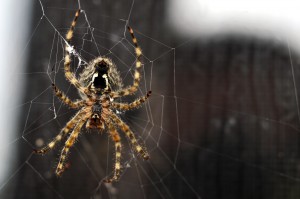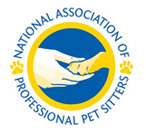Well, I missed my owner all Sunday because she was training to be certified Pet Tech.
I flipped through her training manual to see what it was all about.
First, she and many other Four Paws pet sitters learned Pet CPR for both cats and dogs.
Then, they learned how to make splints, treat bites from snakes and stings from bugs, access a pet that has been poisoned, revive a heat-exhausted pet, and treat hypothermia.
Whew! And I thought my day was busy chasing the green Anole AND shredding mom’s new wicker chair. Can you say splinters galore??
Next, I wandered over to my owners bag by the front door and noticed a new Tupperware box full of stinky stuff. It said “PET FIRST AID KIT” and contained:
1. Gauze pads
2. Gauze bandaging
3. Scissors
4. Two paint stirs for a makeshift splint
5. Adhesive Tape
6. Magnifying glass (to get stingers and splinters out)
7. Flashlight (to check for choking hazards in throat or problems at night)
8. Blanket (to help with hypothermia)
9. Karo Syrup (for Diabetic)
10. Syringe
11. Plastic bags (for stool samples or to clean up mess)
12. Extra leash and collar
13. Needle nose pliers
14. Gloves
15. Muzzle
16. Medicine:
a. antihistamine (gel cap so you can squirt in pets mouth)
b. Antibiotic (example: Neorsporin)
c. Baking Soda (a mild alkali for neutralizing burns caused by acid)
d. Kaopectate
e. Petroleum Jelly (sterile lubricant for thermometer)
f. Hydrogen Peroxide (to induce vomiting)
I guess she wants to be prepared for any emergency. Who knows what kind of trouble I could get into next?
References:
Pet Tech Pet Saver Manual 2014
www.PetTech.net





















